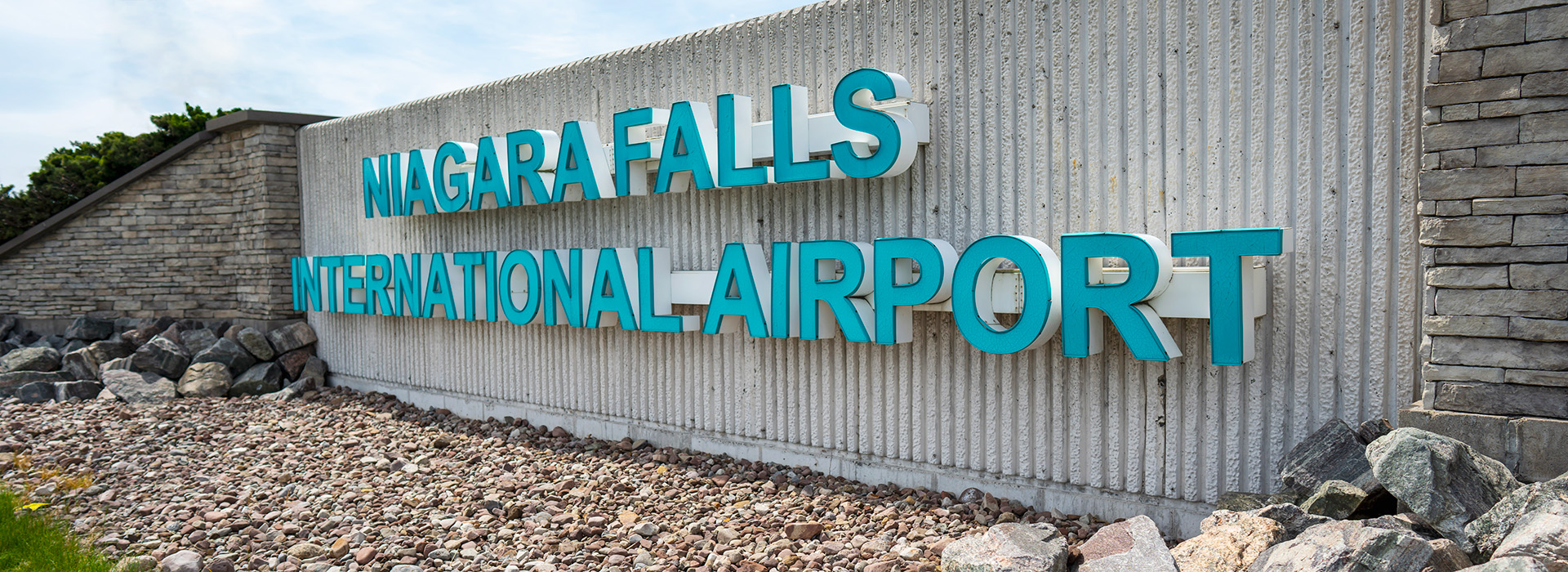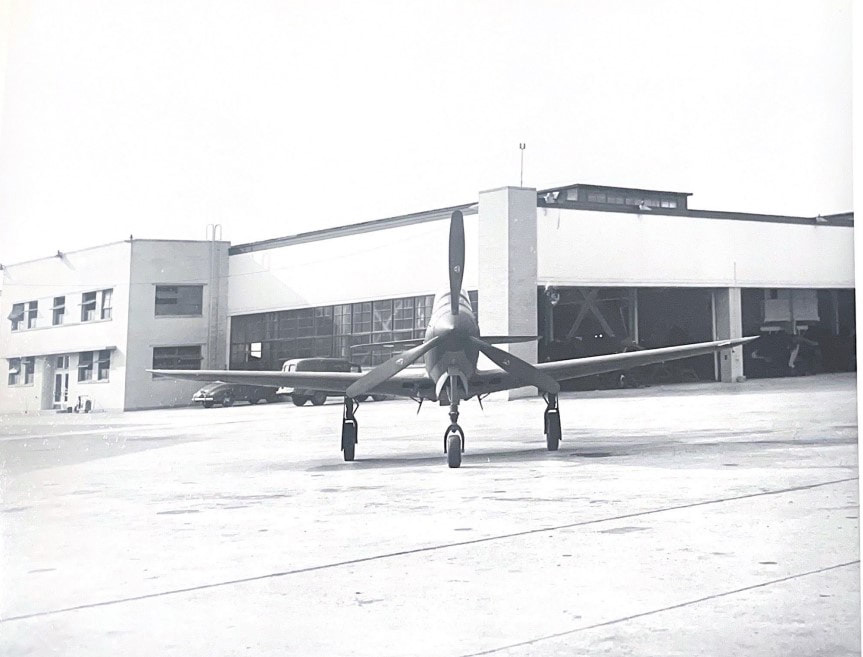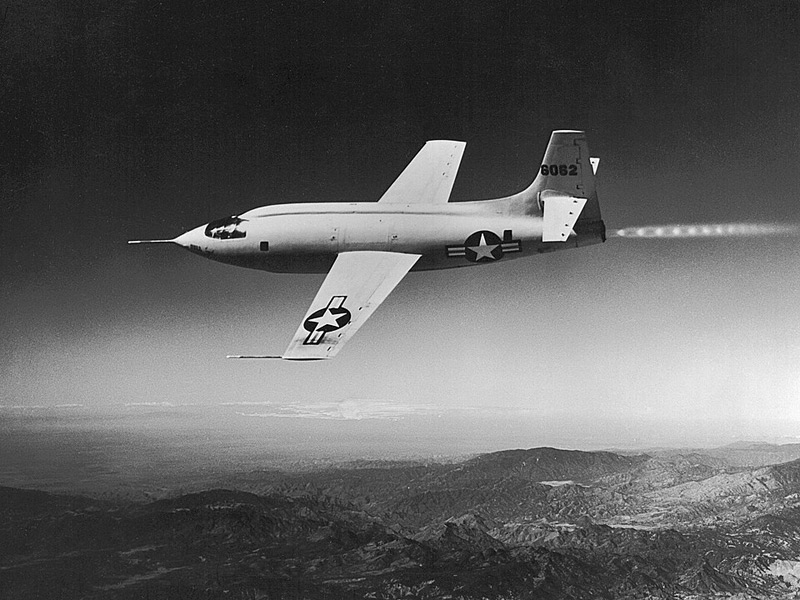
AIRPORT OVERVIEW
Niagara Falls International Airport or IAG is an attractive alternative to currently congested major North American international airports. With its 10,825 ft. main runway, 5,850 ft. crosswind runway, 24-hour operation (no curfews), 24-hour Crash Fire Rescue (CFR) service, excellent access to inspection agencies, and price competitive landing fees, Niagara Falls International Airport is ideally suited and strategically located to accommodate various types of aviation operations.
The close proximity of the airport to the Canada/USA border, its location just off a major highway, and its central location to the Canada and USA population base, offer great operational advantages. In addition, there is an excellent local labor force and the presence of over 300 freight forwarders in the vicinity makes freight operations a natural fit for this airport.

Aviation Tradition at Niagara Falls
This history dates back to 1928, and the establishment of the city-owned Niagara Falls International Airport. Those four crushed stone runaways paved a place for the airport as it is today. The first terminal opened in 1935. Bell Aerospace set up shop, where they would develop the world’s first commercial helicopter and first supersonic aircraft.
World War II moved the airport into an active military phase, which continues today. The United States Army Air Forces established a base in the Falls, operating the facility throughout the war. The military added and extended runways, constructed a control tower, added high intensity lights, and an instrument landing system. The base was eventually converted to an Air Reserve Base and became the upstate home of the New York Air National Guard. With the establishment of the U.S. Air Force in 1947, a U.S. Air Force Reserve Unit took up residence. In 1959, the main runway was extended to over 9,000 feet in order to accommodate the new, more demanding military aircraft.
The Niagara Falls International Airport has three active runways, which serve general aviation, military and commercial flights. In 2009, a new state-of-the-art terminal opened, capable of taking full advantage of the versatile facilities Niagara Falls has been proud of for more than 80 years.

Developed at Niagara Falls International Airport
- Bell X-1, the world’s first supersonic aircraft
- Bell Helicopter, the first commercially licensed helicopter
- Bell X-5, the first aircraft to use in-flight variable sweep wings
- Bell X-22, the world’s first vertical thrust aircraft
- Bell P59A, America’s first jet
- Bell Rocket Belt